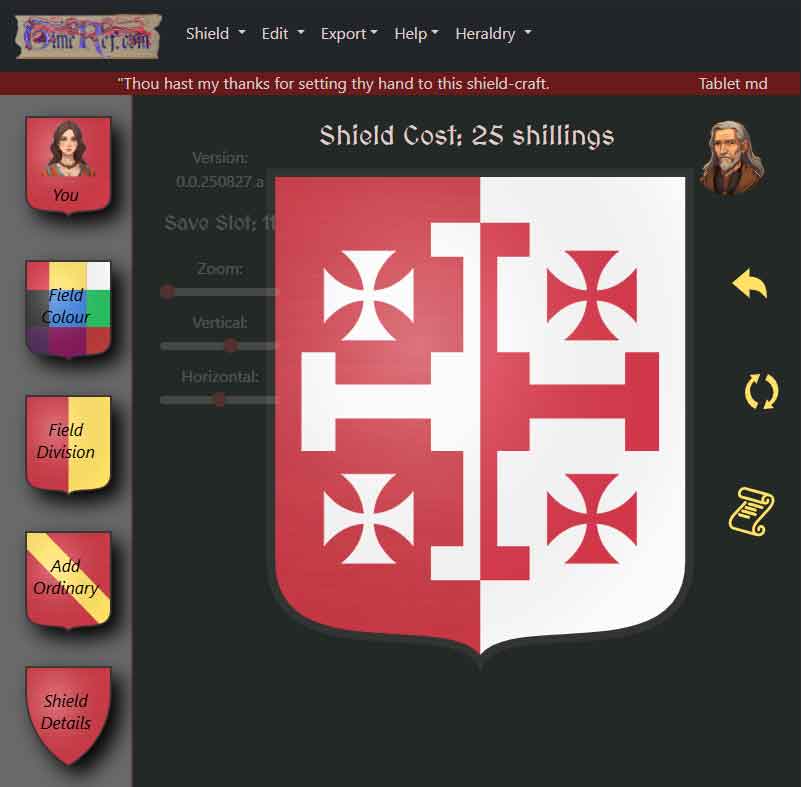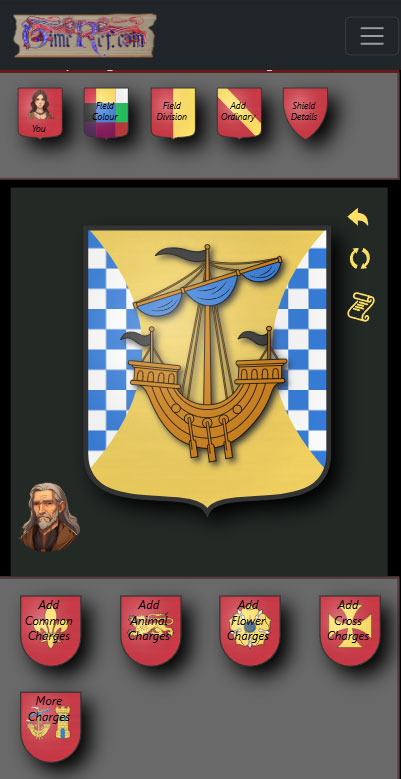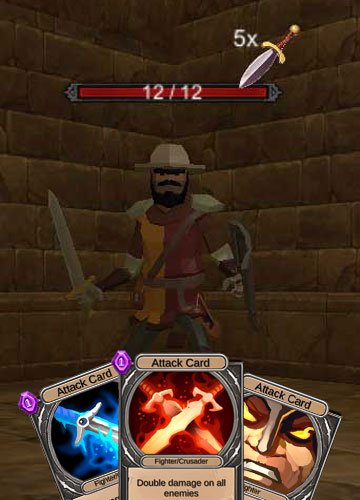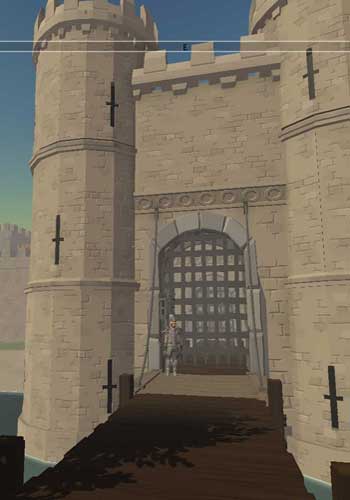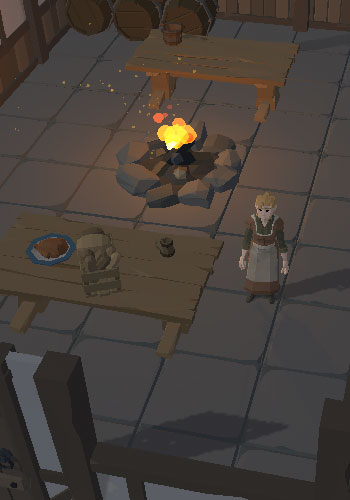 hat can now been seen of of Aberystwyth Castle are the remains of the structure built by James of St. George, the Master Mason and chief castle builder of King King Edward I. An earlier fortification called Castell Tan-y-castell was built by the Norman lord Gilbert de Clare in around 1110 a short distance away. The lands of Cardinganshire were given to Rhys ap Grufydd in 1171 by King Henry II and this included the castle at Aberystwyth. When Rhys died his succession was disputed by his sons and in Maelgwyn, one of the sons, rose up in revolt against his brother and captured the castle. In 1207/8 Maelgwyn destroyed the castle because he feared it would fall into the hands of Llywelyn the Great who was attacking and taking over Welsh lands. Llywelyn did take the lands belonging to Maelgwyn and rebuild the castle at Aberystwyth. The castle was then given to the grandsons of Rhys ap Grufydd, Rhys and Owen. Shortly after this King John of England took possession of the castle. In 1215 Llywelyn the Great captured many Welsh castles including Abervagenny, Cligarran and Aberystwyth.
hat can now been seen of of Aberystwyth Castle are the remains of the structure built by James of St. George, the Master Mason and chief castle builder of King King Edward I. An earlier fortification called Castell Tan-y-castell was built by the Norman lord Gilbert de Clare in around 1110 a short distance away. The lands of Cardinganshire were given to Rhys ap Grufydd in 1171 by King Henry II and this included the castle at Aberystwyth. When Rhys died his succession was disputed by his sons and in Maelgwyn, one of the sons, rose up in revolt against his brother and captured the castle. In 1207/8 Maelgwyn destroyed the castle because he feared it would fall into the hands of Llywelyn the Great who was attacking and taking over Welsh lands. Llywelyn did take the lands belonging to Maelgwyn and rebuild the castle at Aberystwyth. The castle was then given to the grandsons of Rhys ap Grufydd, Rhys and Owen. Shortly after this King John of England took possession of the castle. In 1215 Llywelyn the Great captured many Welsh castles including Abervagenny, Cligarran and Aberystwyth.In 1276 King Edward I declared war on Llywelyn, the Prince of Wales. The English king advanced into north Wales building a series of castle on the coast. These castles were designed and built by James of St. George, Edward's master castle builder. James rebuilt the castle at Aberystywth at a new location. Being located near the coast meant the castle could be resupplied by ship, a safer means of getting food and men to the castle than across rugged Welsh countryside.
The castle remained in English hands until the revolt of Owain Glyndwr. A dispute over land resulted in a full scale rebellion against the English in Wales. Let by Glyndwr the Welsh captured many castles in North Wales including Aberystwyth. In 1407 Prince Henry (the future king Henry V) laid siege to the castle and captured it in 1408.
English Civil War
Aberystwyth Castle was held by Royalists during the English Civil war but was captured by the Parliamentarians under the command or Colonel Rice Powell. In around 1647/49 the castle was destroyed on the order of Oliver Cromwell to prevent it being used again as a fortress. Sometime after this silver coins were minted on the site of the castle using silver ore that was mined locally.

